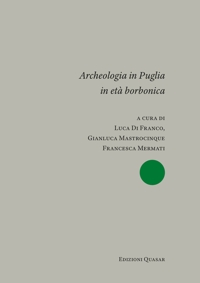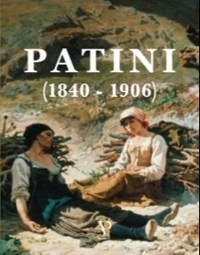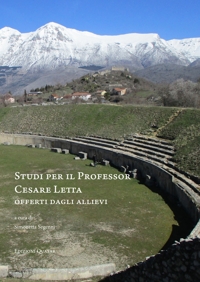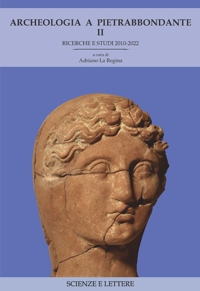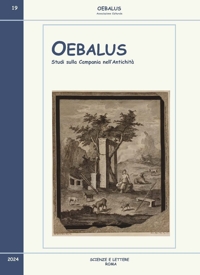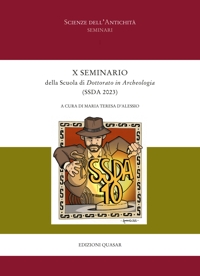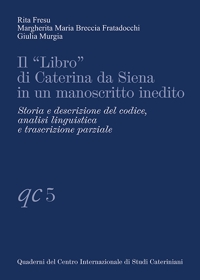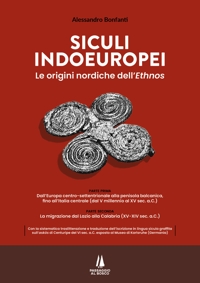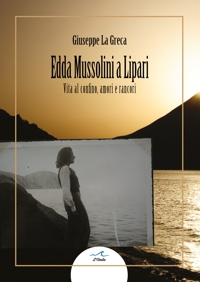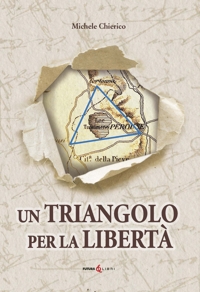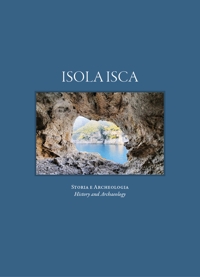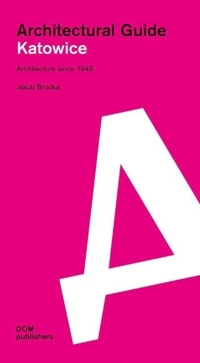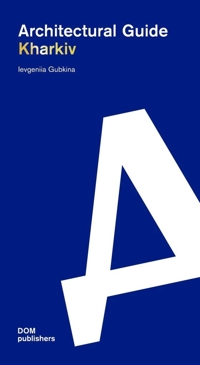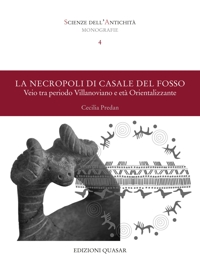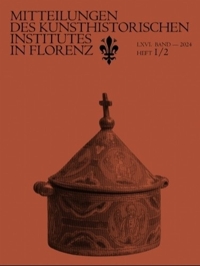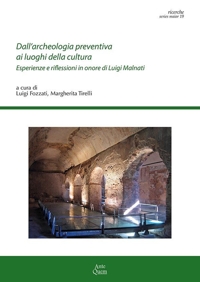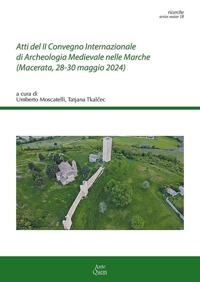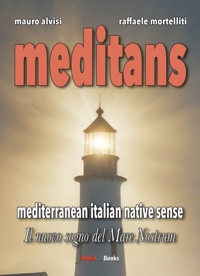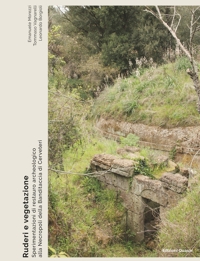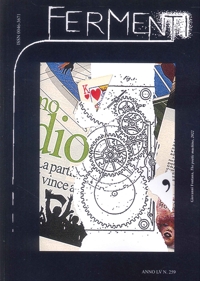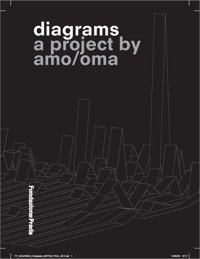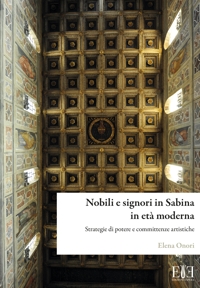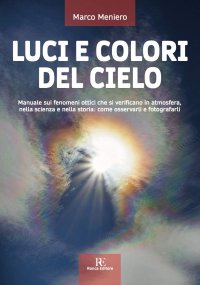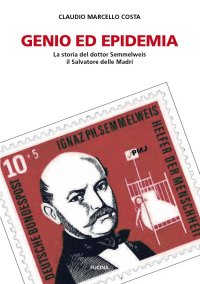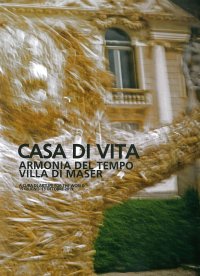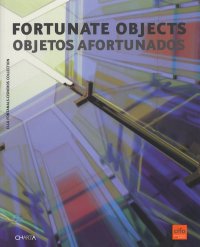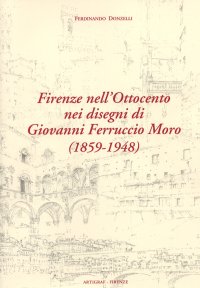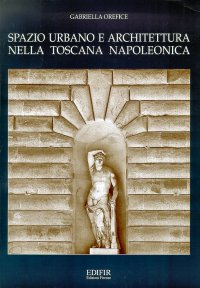Felice Palma. Massa 1583-1625. Collezione / Collection.
Texts by Andrei Cristina, Ciarlo Nicola, Federici Fabrizio, Claudio Casini and Sara Ragni.
Italian and English Text.
Pontedera, 2024; bound in a case, pp. 289, b/w and col. ill., b/w and col. plates, cm 24,5x34.
(L'Oro Bianco. Straordinari Dimenticati. The White Gold Forgotten Masters).
cover price: € 160.00
|
Books included in the offer:
Felice Palma. Massa 1583-1625. Collezione / Collection.
Texts by Andrei Cristina, Ciarlo Nicola, Federici Fabrizio, Claudio Casini and Sara Ragni.
Italian and English Text.
Pontedera, 2024; bound in a case, pp. 289, b/w and col. ill., b/w and col. plates, cm 24,5x34.
(L'Oro Bianco. Straordinari Dimenticati. The White Gold Forgotten Masters).
FREE (cover price: € 160.00)
Le botteghe del marmo
Italian and English Text.
Ospedaletto, 1992; bound, pp. 153, 10 b/w ill., 60 col. ill., cm 24x29.
(Immagine).
FREE (cover price: € 34.49)
Museo Stefano Bardini. I Bronzetti e gli Oggetti d'Uso in Bronzo
Edited by Nesi A.
Firenze, 2009; paperback, pp. 191, 102 b/w ill., 7 col. ill., cm 17x24,5.
(Museo Stefano Bardini).
FREE (cover price: € 30.00)
Bronzetti e Rilievi dal XV al XVIII Secolo
Bologna, 2015; 2 vols., bound in a case, pp. 729, ill., col. plates, cm 21,5x30,5.
FREE (cover price: € 90.00)
Il Gran Teatro del Mondo. L'Anima e il Volto del Settecento
Caroli Flavio
Skira
Milano, Palazzo Reale, November 13, 2003 - April 12, 2004.
Milano, 2003; bound, pp. 676, b/w and col. ill., tavv., cm 28x24.
(Arte Antica. Cataloghi).
series: Arte Antica. Cataloghi
Other editions available: Ristampa 88-8491-700-X
ISBN: 88-8491-698-4 - EAN13: 9788884916983
Subject: Collections,Essays (Art or Architecture),Painting
Period: 1400-1800 (XV-XVIII) Renaissance,1800-1960 (XIX-XX) Modern Period
Languages: 
Weight: 3.72 kg
The eighteenth century, on the threshold of the modern and contemporary world, saw the birth of the 'personality', that is, the psychological and narrative complexity that supplanted the eccentric characters of the Commedia dell'Arte and the emblematic hero of 'classic' seventeenth century tragedy. This occurred in literature, in which the novel - with Fielding, Defoe and Swift - was born. It also occurred in theatre, with John Gay and Carlo Goldoni. It occurred in painting, in which scenes from a world that was very different from the Age of Enlightenment became the first reference point for the imagination of artists such as Hogarth, Watteau, Galgario, Ceruti, Crespi and Longhi. Painting narrated a world open to all stimuli from the social environment, including the sophisticated worldly comedy of French artists, the satire of the English, the German vein for story telling, and the poverty that rose to a new expressive dignity with the Italians.
Il Gran Teatro del Mondo aims to explore, on a European scale, the field of painting-narrative that matured into the clarity and disillusion of a Europe on the march to the great political, social and philosophical traumas that were to create our own contemporary world. The show presents about 300 works including painting, sculpture, drawings, watercolours, etchings, incisions, prints and books from leading Italian and overseas museums: from the magnificent Portrait of Antonio Riccobono by Giambattista Tiepolo to the deeply miserable poverty in paintings by Ceruti, from the splendid depictions of Rome and Naples by Gaspar Van Wittel to the pleasant scenes of Venetian life by Pietro Longhi (artist par excellence of eighteenth century Venice), from Wright of Derby's evocative and artificially-lit interiors to scenes by Canaletto, the greatest mater of space and gifted with a vision so wide and all-embracing as to be considered precursor to current optical science.
The volume is divided into three main parts: Personaggi in ordine di apparizione presents the actors of the great social confrontation of the age (subdivided into Ricchi, the rich according to grand and refined international portraiture, and Poveri, the humble poor who acquire, for the first time, complete expressive dignity); Prima della Rivoluzione. Il romanzo della Pittura moves into the heart of eighteenth century narration and offers, in four chapters, a panorama of landscape and the environment of the rich, libertine and aristocratic world of eighteenth century palace life, and physiognomic studies of the humble and suffered world of the very poor, which was starting to become a central theme not only in painting but also in eighteenth century literature and music; Comincia la grande turbolenza... comprises a single work, Gertude, Amleto e il fantasma del padre di Amleto by Heinrich Fussli and dated 1793. That is the year, in Paris, of the Reign of Terror and Fussli is the painter of the Theatre and of the Terror, the terror of Hamlet who sees the ghost of his father and the terror of man who knows he is no longer in a safe world of certainties.
The two earthquakes which occurred forty years earlier, the pre-revolutionary Encyclopaedia and the pre-Romantic messages of the Sublime by Burke, all generated the tidal wave which swept European civilization, taking away with it the Age of Enlightenment and opening the way for contemporary history.












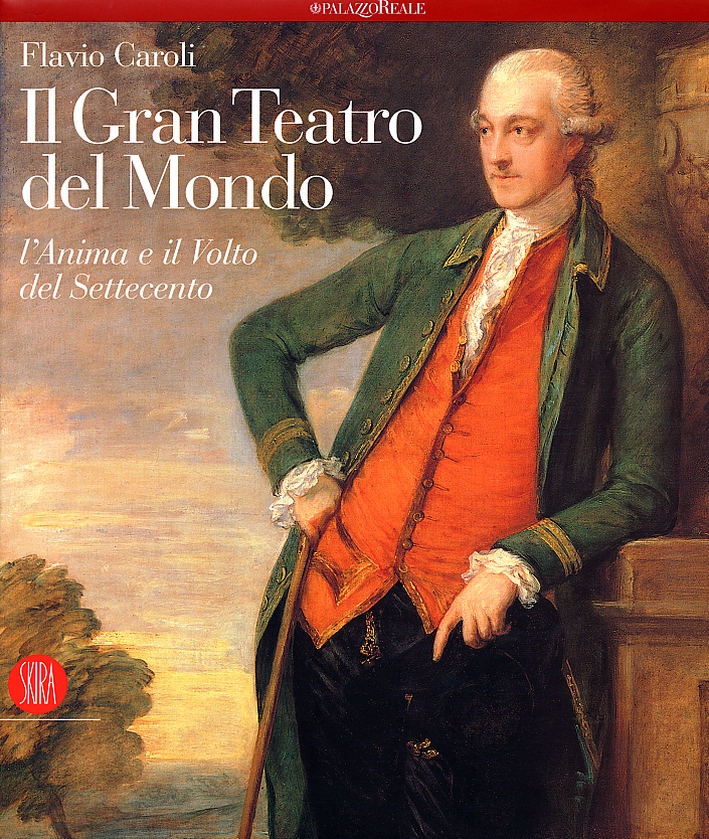
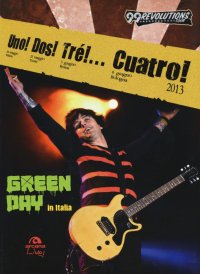

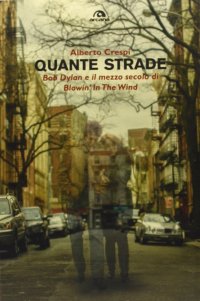
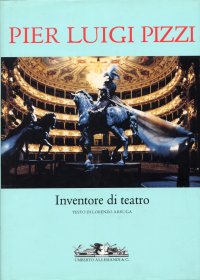

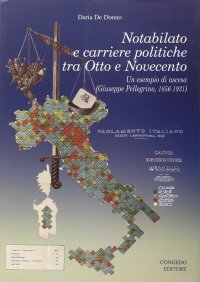


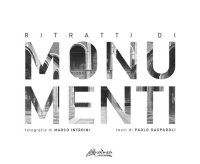
![Incantevole Puglia. Fra arte, storia e natura. [Edizione Italiana e Inglese]](https://immagini.libroco.it/copertine/IMMAGINI/3073/m-1536619.jpg)
